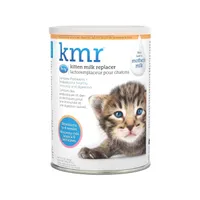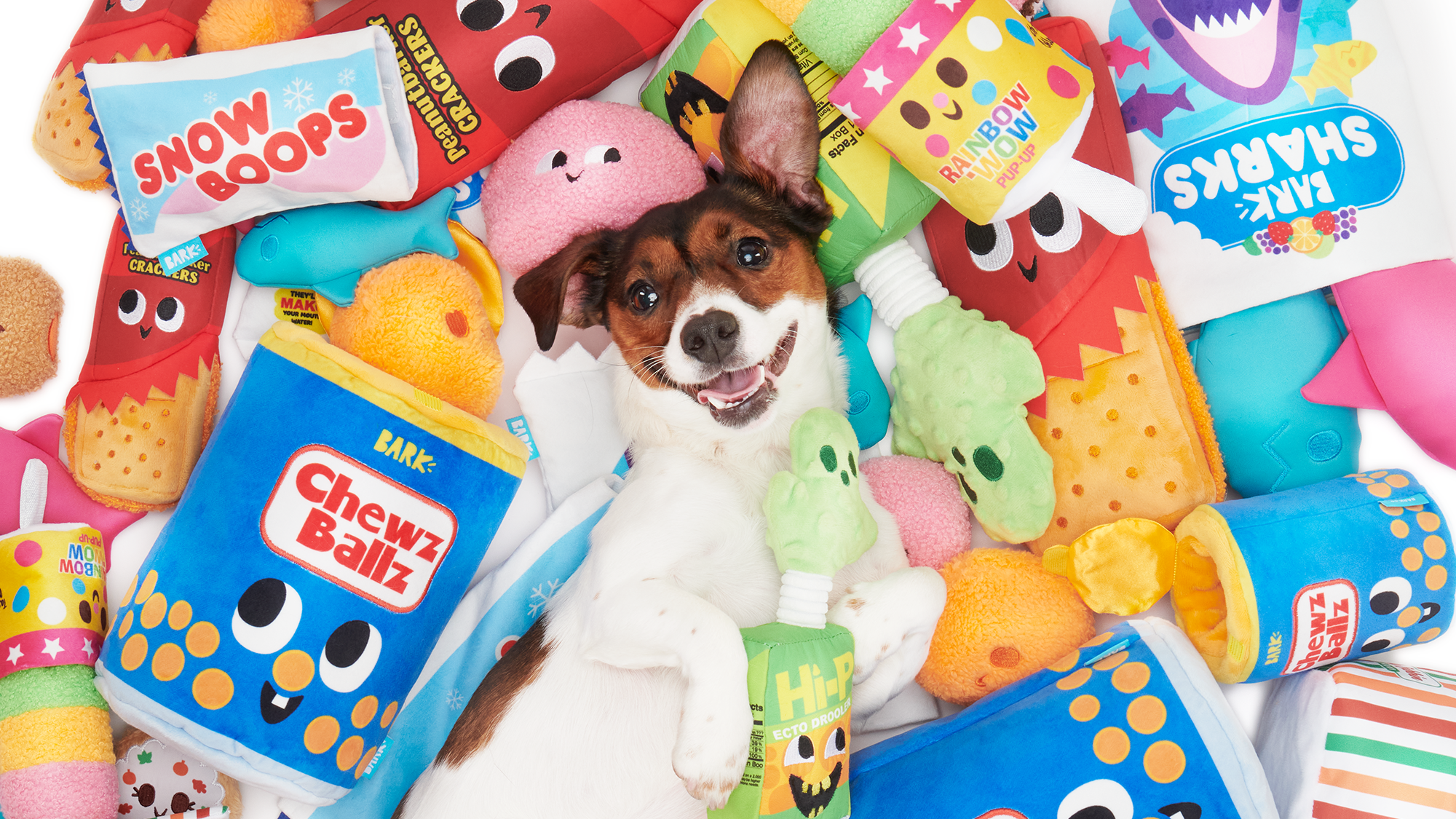Can cats drink oat milk? What a vet wants you to know
Ever wondered, 'Can cats drink oat milk?' Our vet shares her verdict

Can cats drink oat milk? It’s a question I encounter increasingly in my veterinary practice. As more households embrace plant-based diets, many animal lovers wonder whether their cats can share in that trend. With over 14 years of experience as a vet, I've advised many pet owners about human foods and the surprising risks they can pose to our feline friends.
While oat milk might seem like a harmless, dairy-free option, it's important to remember that cats aren’t small humans. They are obligate carnivores with digestive systems finely tuned for protein and fats, not plant-derived sugars. So before you pour a little into a saucer for your whiskered companion, it helps to know what’s safe, and what’s not.
In this article, I’ll explain the realities of feeding oat milk to cats and discuss some better alternatives. While you're here, you might also want to learn more about what cats should drink.
Can cats drink oat milk?
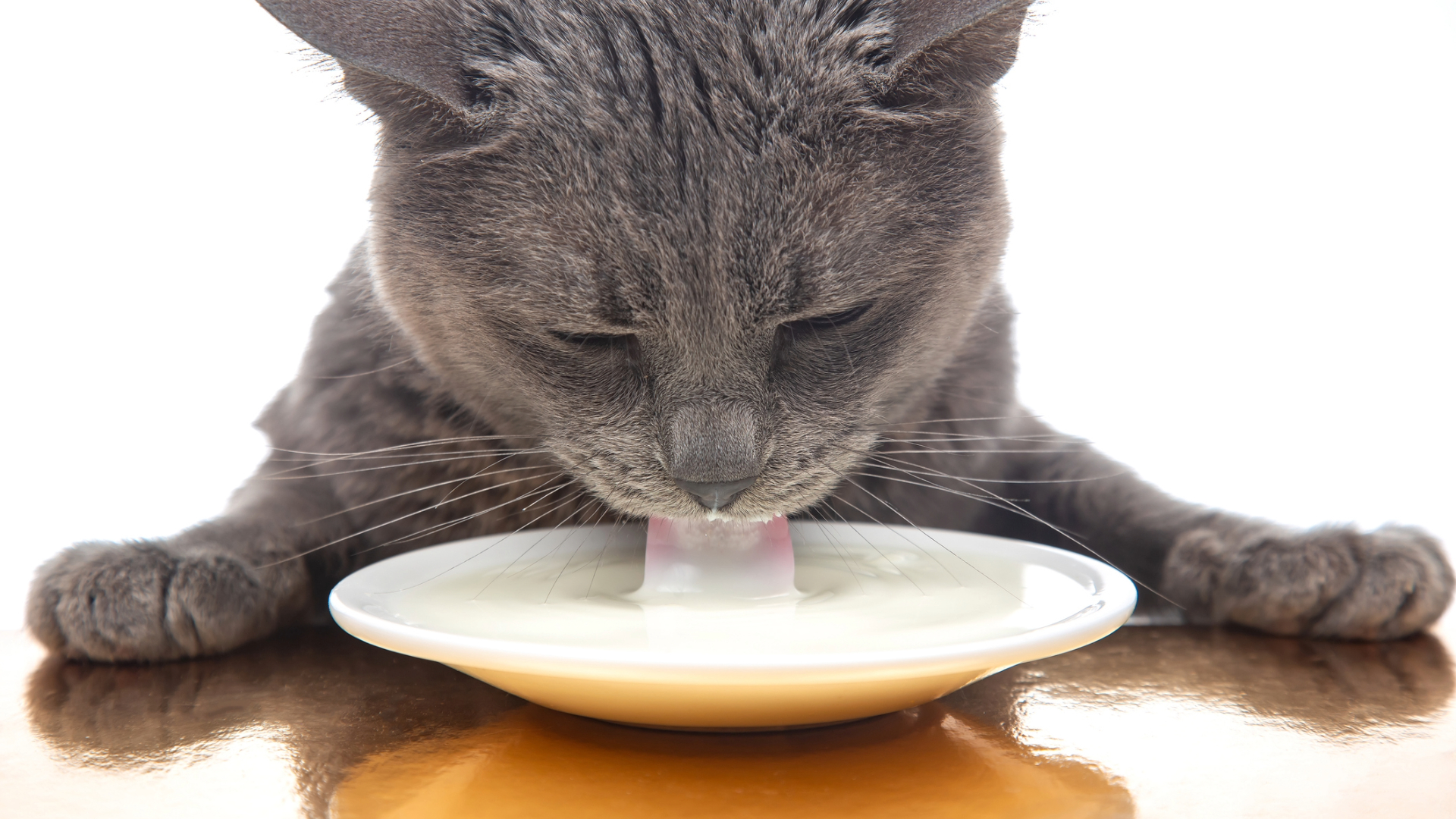
Cats can drink oat milk without it causing them any immediate harm. Because it is a plant-based product, oat milk does not contain lactose. This is important, as many cats struggle to digest lactose properly, which is why cow’s milk often leads to uncomfortable symptoms such as stomach cramps, bloating, or diarrhea.
By comparison, oat milk is far less likely to upset the digestive system. However, just because something is safe does not mean it is useful or beneficial. Oat milk offers no meaningful nutritional value to cats.
As obligate carnivores, cats have very specific dietary requirements that come almost exclusively from animal proteins. Oat milk does not provide these. It is very low in protein, it does not contain essential amino acids such as taurine, and it lacks the healthy fats that support a cat’s overall wellbeing.
Instead, it is relatively high in carbohydrates, which cats do not process efficiently. If given regularly, these extra calories can contribute to gradual weight gain, particularly in indoor cats that are less active and therefore more prone to obesity. For these reasons, while an occasional sip of oat milk is unlikely to cause any problems, it should not form a part of a cat’s regular diet.
Get the best advice, tips and top tech for your beloved Pets
How much oat milk can cats drink?
If you do decide to give your cat a little oat milk, it should only ever be regarded as an occasional treat rather than a regular part of their diet.
A very small amount is more than enough – around a teaspoon or two, offered no more than once or twice a week. It is important to make sure the oat milk is plain and unsweetened, as flavored varieties often contain added sugars, preservatives, or artificial sweeteners.
Some sweeteners, such as xylitol, are highly toxic to cats and must be strictly avoided. To be safe, it's worth familiarising yourself with a list of human foods that are poisonous to cats.
For this reason, always read the label carefully before offering any to your pet. Keeping it simple, plain, and in very modest quantities is the safest way to ensure that this occasional indulgence does not put your cat’s health at risk.
What kind of milk can cats drink?
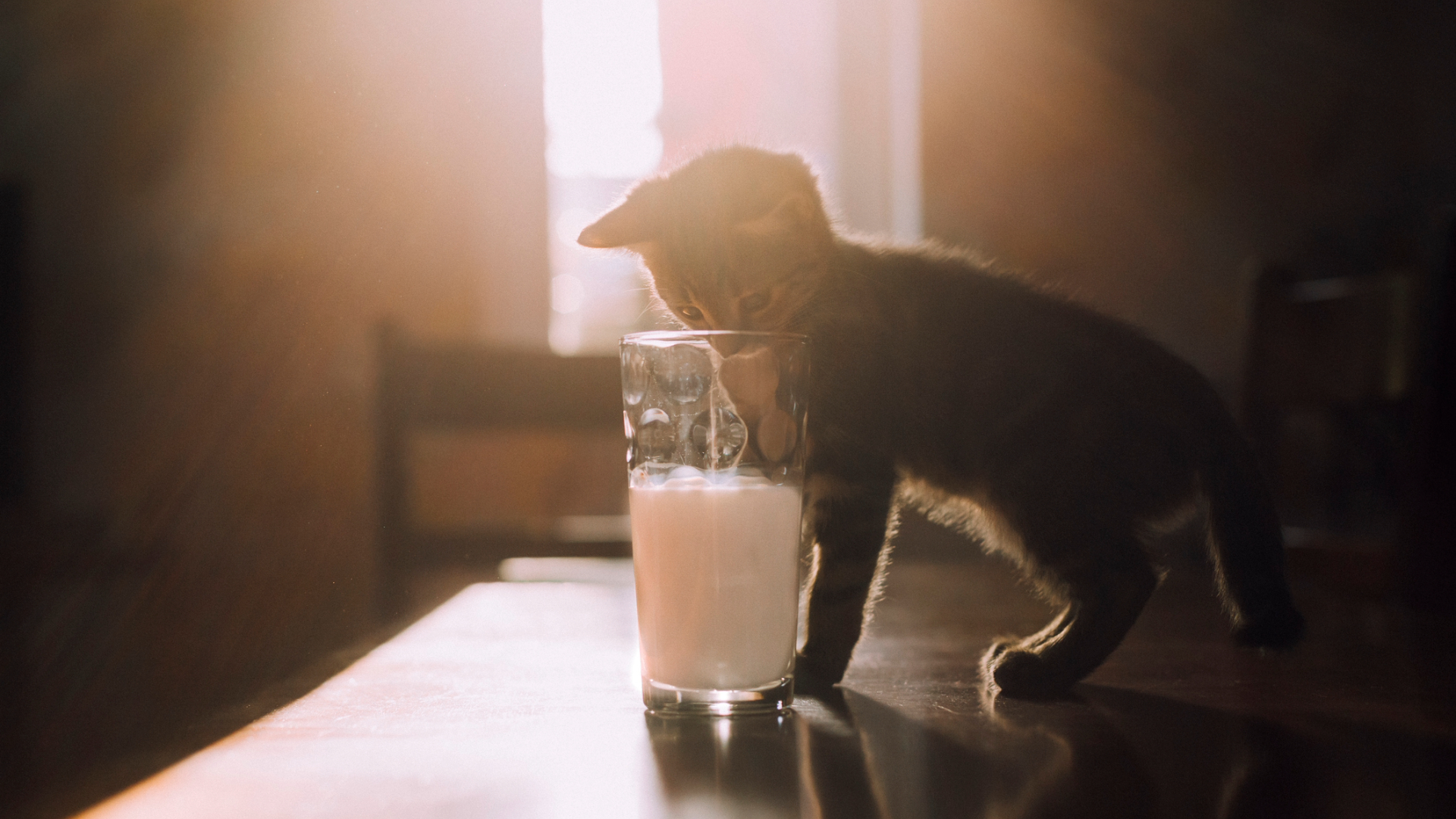
Here’s a guide to feline-friendly 'milks' that are safe to give to your cat.
1. Lactose-free cat milk: This type of milk is specially formulated for cats and is a far safer option than standard cow’s milk. Because the lactose has been removed, it is much easier for cats to digest and is far less likely to cause stomach upset. Many brands also add in extra nutrients, such as vitamins and minerals, to provide a small nutritional boost. Even so, it should still be given in moderation as a treat rather than a dietary staple.
2. Goat milk (lactose-reduced): Goat milk naturally contains slightly less lactose than cow’s milk, which means it may be gentler on a cat’s digestive system. Some cats may tolerate it better, but it is by no means an essential part of their diet. If your cat is already eating a nutritionally complete cat food, goat milk offers no additional benefit, so at best it should be viewed as an occasional indulgence.
3. Kitten milk formula: Commercially prepared kitten milk replacers are specifically designed for orphaned kittens or those who are unable to nurse from their mother. They are carefully balanced to provide the right levels of protein, fat, and essential nutrients that a growing kitten requires. Once a kitten has been weaned onto solid food, however, these formulas are no longer appropriate or necessary.
4. Plain, unsweetened plant milks (such as oat or almond milk): While these are generally safe in tiny amounts, they do not provide anything useful for a cat nutritionally. In fact, they are largely empty calories and can be surprisingly high in carbohydrates, which cats have little need for and can easily contribute to unwanted weight gain. If offered at all, they should be limited to very rare, very small sips only.
What is the closest thing to cat milk?
The gold standard is always commercial kitten formula, such as KMR or Cimicat, which is scientifically tailored to meet the high protein, fat, and calorie needs of growing kittens. Unlike oat milk or other human options, it truly resembles natural feline milk in composition.
PetAg KMR Kitten Milk Replacer Powder for Kittens | Amazon
This kitten milk is the closest thing to a mother's milk, containing pre- and probiotics for immune and digestive health, as well as essential protein, fat, vitamins, and minerals.
Do cats need milk?

The short and simple answer is no, they don’t. Once kittens have been fully weaned from their mother, which usually happens somewhere between eight and 10 weeks of age, they no longer have any biological need for milk in their diet. At this stage, their digestive systems mature and adapt to process solid food, and their nutritional requirements can be fully met by eating a complete and balanced kitten food.
As for adult cats, water is the only liquid they genuinely need to stay healthy and hydrated. Despite the common image of cats happily lapping up a saucer of milk, this is more of a cultural myth than a nutritional necessity.
Many cats are actually lactose intolerant, which means that drinking cow’s milk can result in unpleasant digestive upsets such as diarrhea, bloating, or abdominal discomfort. Even specially formulated lactose-free milks or plant-based alternatives, while usually safer for the digestive system, are not required and do not offer any significant nutritional value.
What they can do, however, is add extra calories that your cat doesn’t really need. These “hidden” calories may seem harmless, but over time they can contribute to gradual weight gain.
Obesity is unfortunately one of the most common health issues I see in practice, and it can lead to serious secondary problems such as diabetes, arthritis, and heart disease. For that reason, it’s far better to stick with fresh water as the only drink your cat has access to, and keep milk – of any kind – off the menu. Learning how to tell if your cat is obese is a key skill for any owner.
While cats can drink oat milk in small quantities, it adds no real nutritional benefit and is best treated as an occasional novelty – not a regular part of their diet.
Your cat’s hydration and health are best supported by fresh water, a balanced feline diet, and occasionally, a specially formulated cat milk treat. If you're curious to explore more safe feeding habits or treat ideas, make sure to read up on foods your cat shouldn't eat for more insight.
Read next: Should cats drink milk and should kittens drink milk?
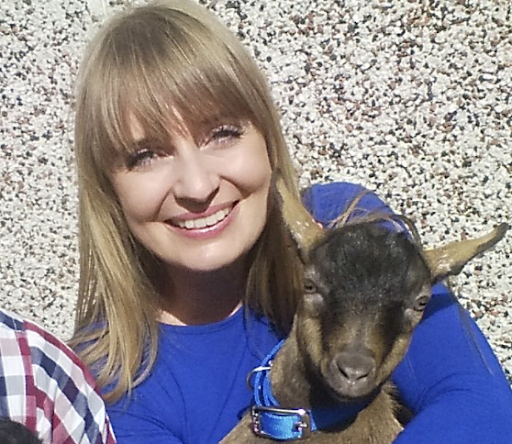
Emma Chandley is a vet with 14 years of experience and has a keen interest in surgery. After graduating from the Royal Vet College in London in 2011, she achieved a postgraduate certificate in small animal surgery from the British Small Animal Veterinary Association and Nottingham Trent University. She was then awarded advanced practitioner status in the same discipline by The Royal College of Veterinary Surgeons. She has a black Labrador and two pygmy goats at home.
Edited by Megan Milstead.
This feature was last updated in August 2025 by Emma Chandley.
Emma Chandley is a vet with 14 years of experience and has a keen interest in surgery. After graduating from the Royal Vet College in London in 2011, she achieved a postgraduate certificate in small animal surgery from the British Small Animal Veterinary Association and Nottingham Trent University. She was then awarded advanced practitioner status in the same discipline by The Royal College of Veterinary Surgeons. She has a black Labrador and two pygmy goats at home.
